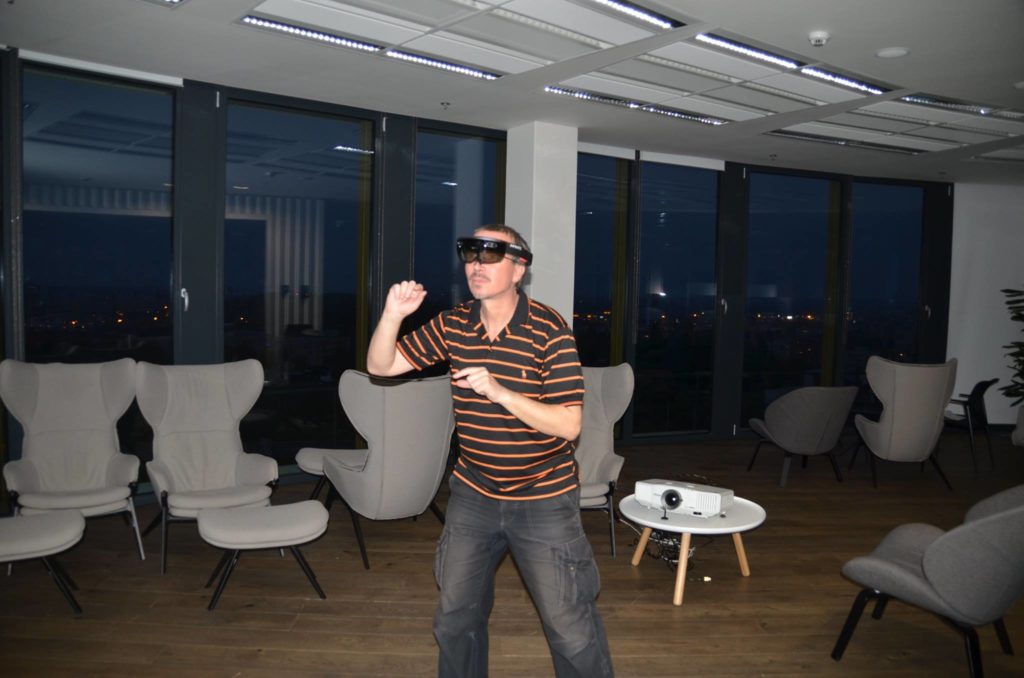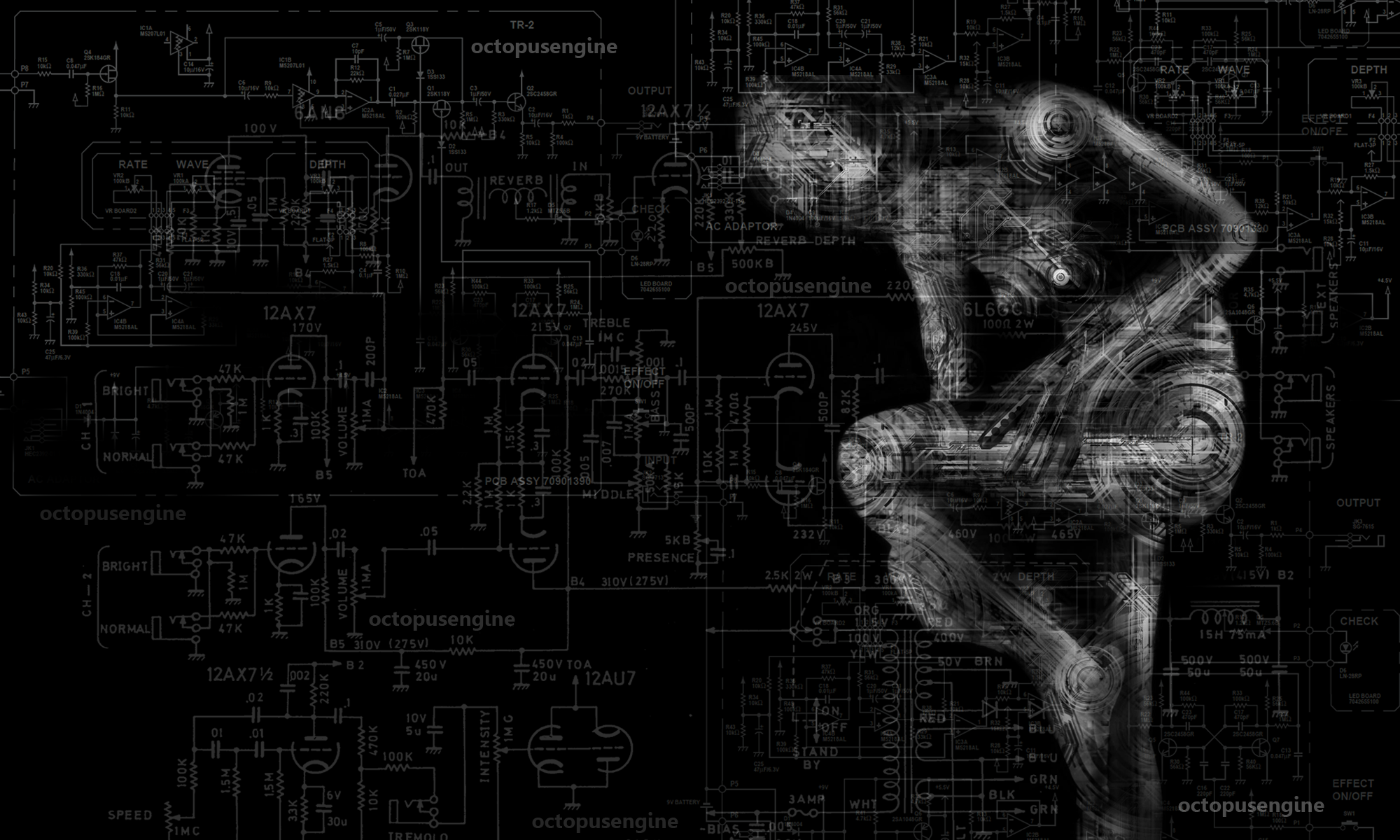Honza got some media attention a while back. He was interviewed by Forbes Czech. We cannot let this kind of opportunity for bragging to slip away, so we decided to translate it in English and publish it here.

1) From your point of view what is or how looks like the future with VR?
Today we see only very clumsy baseline of VR, on which we can develop. Most probably we will use it in direct connection with AR, as adoption rate will increase. I think it is just a natural progress of technology, affecting many areas education, communication…
We will see technologies interconnecting together: internet, VR, AR, blockchain (decentralised networks, on which cryptocurrencies like Bitcoin are running), IoT vÏcÌ, and big data, AI. I like to call this general connection of technologies “new reality”. And I believe that VR can be ideal environment which will help people discover better ways how to create, cooperate and interact with technology, as well as have fun, learn and connect.
2) Could virtual reality be better than reality one day? When? Under what conditions?
I wouldn’t say it will be “better”. However I believe, and maybe I am a little bit worried,· that for some people it indeed it may be more appealing. Why am I worried? Just look at differences between last couple of generations. Tech, especially communication channels and devices are widening that gap even further. From first telegraph, telephone call, TV to online chat rooms and social media not much time had past. We have so many new ways of interaction, yet it seems like we understand each other less and less. Such fast progress is good news for futurists and geeks, but might not be such a good news for humanity. But maybe, just maybe, VR can bring humanity closer together in more direct sense.

Honza – true visionary. Do you see the future yet?
3) What is your favourite lifehack linked to VR?
I am fascinated by VR for many years, from the very first sci-fi stories I read. From the very start, I imagined that VR+AR+AI is the killer app of technology. It can help us process and visualise unimaginable quatities of information in new ways, interacting with other people. Being able to easily and playfully work with big data and interact with AI (like neural network) directly in the machine – that is the kind of “lifehack” we are yet to invent, but it is already my favorite.
Another “lifehack” in development: Education. I’d love to see students in VR – learning and understanding complex subjects easily. I’d love to see scientists on VR conferences, debating and experimenting, visualising data, predicting trends and simulating phenomenons.
This is why we are developing octopus engine. A tool, which will make it happen. Some of it’s features we cannot fully imagine yet, but we will get there. This tool will be “my favourite lifehack”.
Do you think Honza is right? Will his prophecy be fulfilled? Stay tuned 🙂


